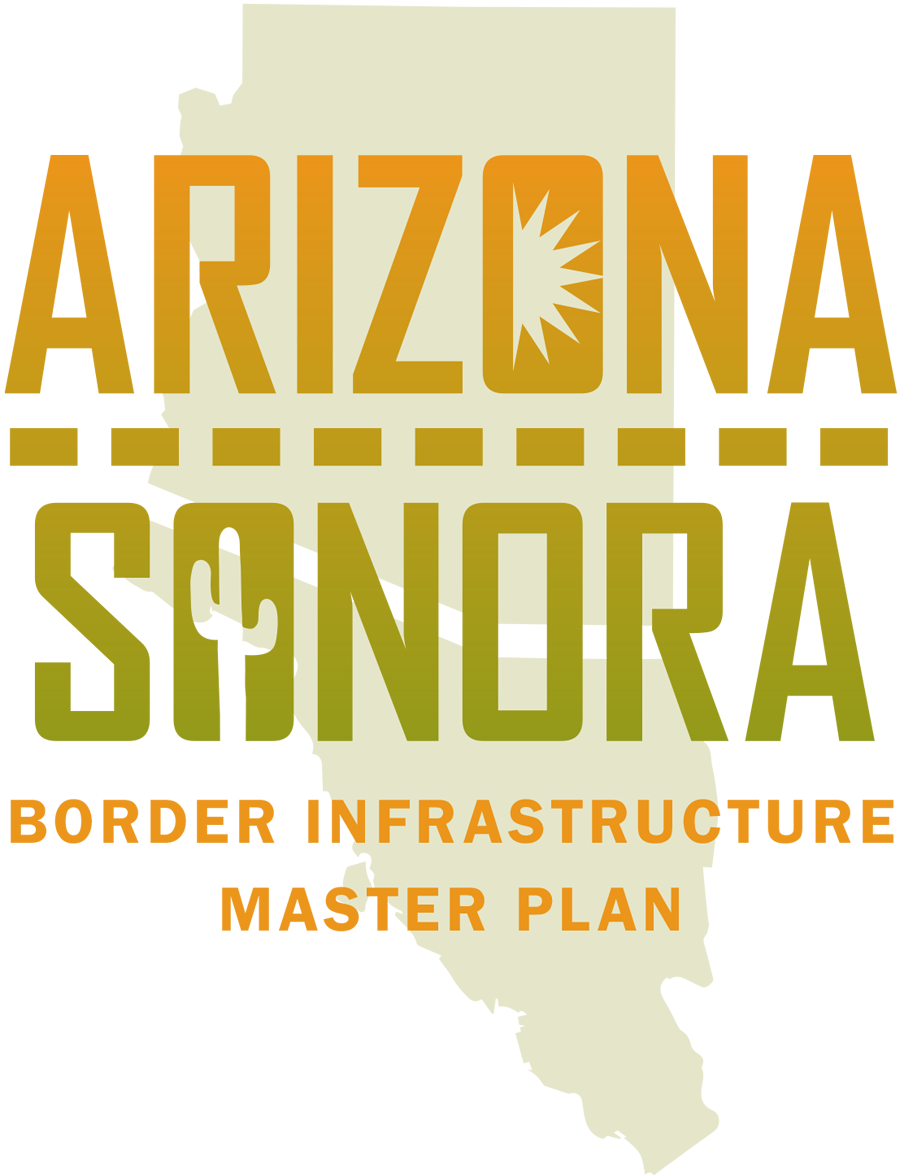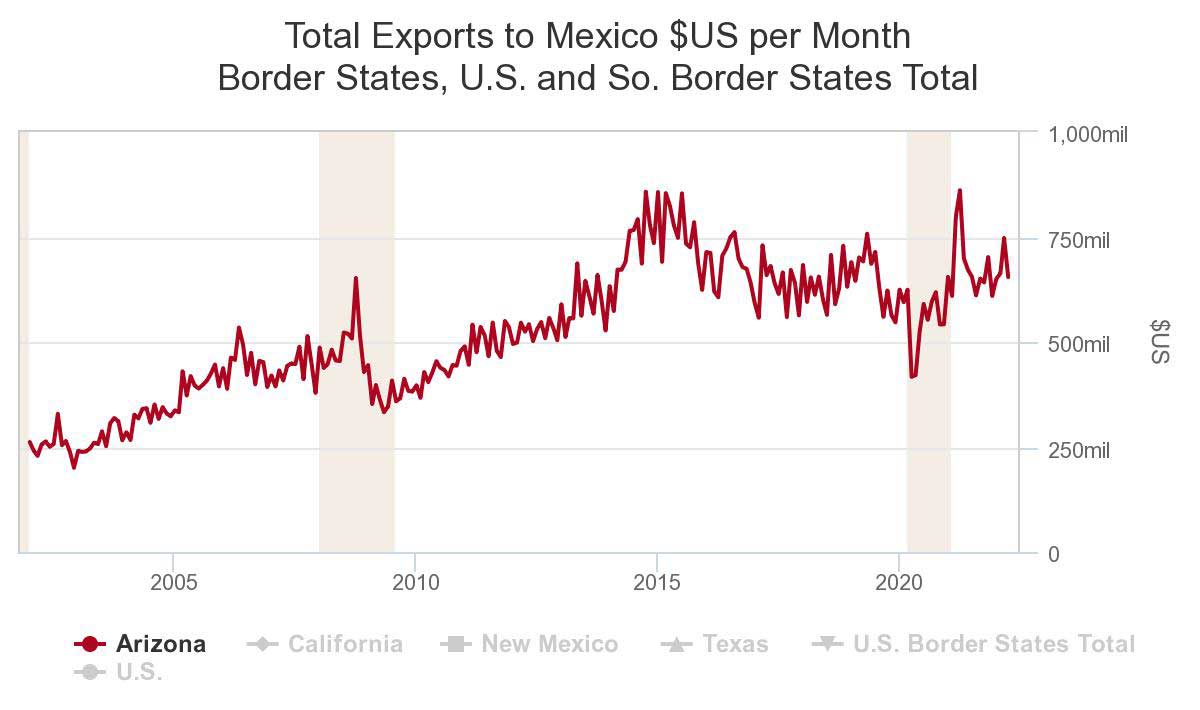Background - Arizona-Sonora BIMP
Background - Arizona-Sonora BIMP
Things have changed since the publication of the first plan in early 2013. Travel across the Arizona-Sonora border has increased for commercial and non-commercial traffic at the nine existing Land Ports of Entry (LPOEs). The rapid expansion of the region’s population and economic activities in recent years will only drive this trend further. Many of the existing LPOEs and the adjacent infrastructure facilities are outdated and overburdened, requiring significant investments and improvements to better handle the volumes of cross-border traffic.

In 2012, when the previous border master plan was under development, the number of people processed through these border crossings was 21.3 million. In 2019, the last full year prior to the COVID-19 pandemic, the number rose to 23.6 million. But by 2020, in the midst of the pandemic, the US government limited non-commercial crossers to those deemed to be “essential,” with just 13. 4 million people crossing. This represents the lowest level of crossers in more than 40 years.
In terms of overall economic impact on the border region, the COVID-19 pandemic has been very challenging. Since Arizona border communities generally receive at least half of their local sales tax revenues from those crossing the border, the communities saw their local revenues plummet. Even commercial traffic made a dramatic decline. After a decade in which Arizona exports to Mexico grew by more than 35%, they dropped by over 10% in the year between 2019 and 2020.
The Arizona-Mexico border facilitates $30 billion worth of goods and nearly 17 million people every year. In order to accommodate that level of activity and deal with the growth and challenges to come, the region needs to identify and promote projects to sustainably relieve traffic congestion, reduce delays, enhance safety and security, promote international trade, ensure reliable travel times and improve the quality of life for residents in the border region.
The Border Master Planning process will help the region improve the capacity, flexibility and resiliency of the LPOEs and connecting transportation infrastructure. The intersection of long-term needs with changing times, alongside the intersection of safety and efficiency, is challenging. Meeting the challenge will help Arizona and Sonora become an even more competitive region for trade and commerce.

Source: University of Arizona

Source: University of Arizona
Did you know?
Each day, millions of dollars in cross-border trade and tourism pass through the Arizona-Sonora LPOEs:
- San Luis, AZ – San Luis Rio Colorado, Sonora
- Lukeville, AZ – Sonoyta, Sonora
- Sasabe, AZ – El Sasabe, Sonora
- Nogales, AZ – Nogales, Sonora
- Naco, AZ – Naco, Sonora
- Douglas, AZ – Agua Prieta, Sonora
The COVID-19 pandemic has also served as a reminder of the additional critical items to consider when improving or building border infrastructure. There is now a need to develop infrastructure that facilitates good public health practices among travelers and officers at the LPOEs. The pandemic highlighted the need to take full advantage of technology and “touchless” travel to assure the safety of border personnel and travelers. While public health is top of mind today, tomorrow’s issues are likely to include other challenges, such as climate. Reducing wait times and idling are important to the environment and to increasing efficiency. With global supply chains moving slowly, companies are considering new ways to expand their sourcing, which may increase commercial border traffic crossing the US-Mexico and US-Canada borders, and this may be a long-term change.
